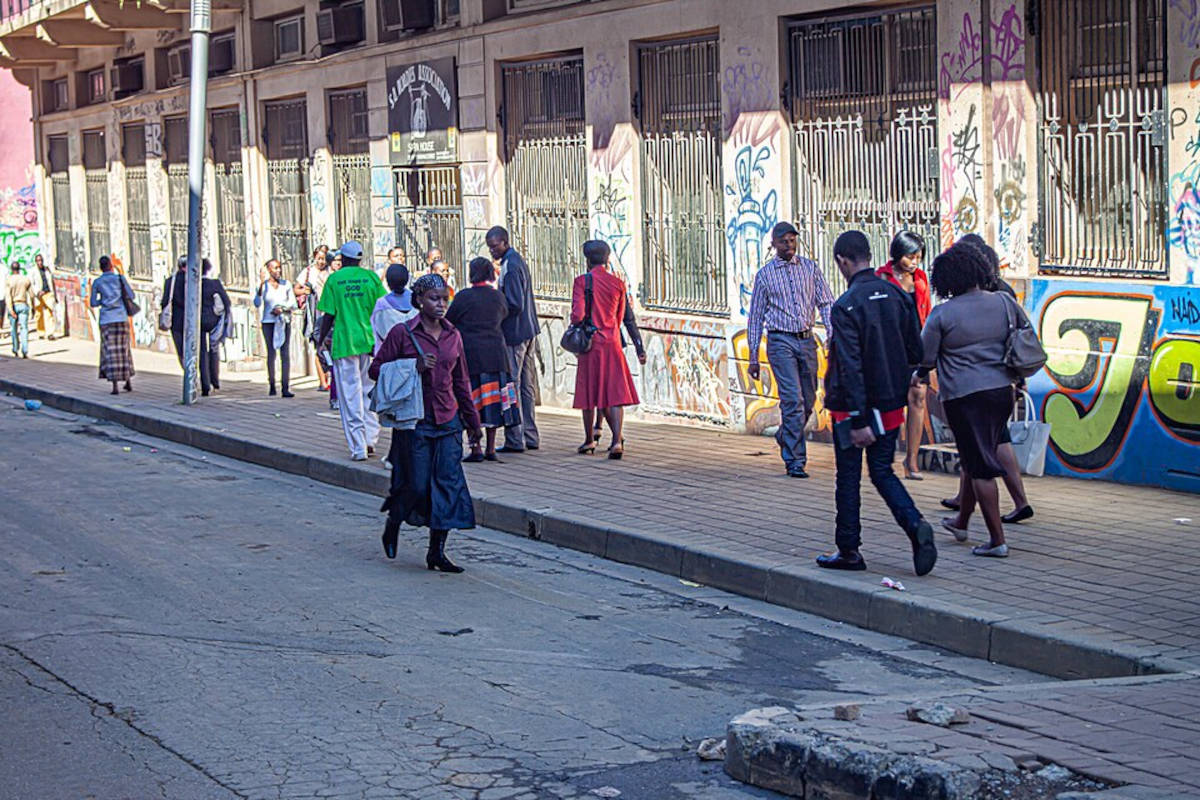
Walking cities | A tale of two worlds: How safe are Joburg’s streets?
Here’s how being a pedestrian in a Europe country contrasts with Johannesburg’s notoriously dangerous streets.

In Prague, you worry about forgetting your umbrella. In Johannesburg, you worry about getting mugged.
A new global study has ranked Joburg dead last for pedestrian safety, and frankly, it’s not even close.
So here’s the awkward question nobody wants to ask: Is it actually safe to walk the streets of South Africa’s biggest city at all?
Cop a lot of flak
As a born and bred Capetonian living in London, I expect I’ll be copping a lot of flak from Joburgers for this. That said, those who can have already moved to Cape Town.
When I step out of my home in SW London or stroll through Prague’s historic centre, I barely think about my safety. I might worry about rain or being late. What I don’t worry about is whether walking itself is dangerous.
A recent Compare the Market study ranking 90 global cities for walkability tells a stark story.
Johannesburg ranked dead last with a score of just 18.38 out of 100. Prague led with 63.11, Vienna scored 62.95, and London made the global top 10.
When you’ve achieved the lowest safety score among 90 major global cities, you’ve earned the dubious title of perhaps the worst in the world.
The Reality in Johannesburg
Johannesburg’s safety score stands at 19.17 out of 100, the lowest in the entire study. Only 8% of residents live within a kilometre of car-free spaces, and just 13% live within walking distance of healthcare or education facilities.
The implications are stark: no car means no safe access to basic services. Compare the Market’s advice says it all: “While the city has plenty to offer, it’s advised that for your safety, you get about Joburg by car.”
Imagine telling tourists in Prague they mustn’t walk between sights. In Johannesburg, it’s just sensible advice.
When Walking Becomes Survival
In European cities, you might drive because it’s raining. In Johannesburg, you drive because not driving could cost you your life. Tokyo scored 75.29 for safety, Vienna 71.67. In these cities, you can walk at night, check your phone on the street, let children walk to school.
Those without cars in Johannesburg, already likely the poorest residents, face the highest risks accessing basic services. It’s not just bad planning; it’s a social justice crisis.
The city’s design forces residents into car dependency, adding expense to already strained finances whilst generating more emissions and requiring more road space for vehicles rather than people.
Can This Change?
This is the second consecutive year Johannesburg has ranked the world’s least walkable city.
Yet cities can change. Copenhagen fought for its bike lanes. London’s air quality once killed thousands.
But change requires acknowledging that a city where people cannot safely walk is a city that isn’t working.
